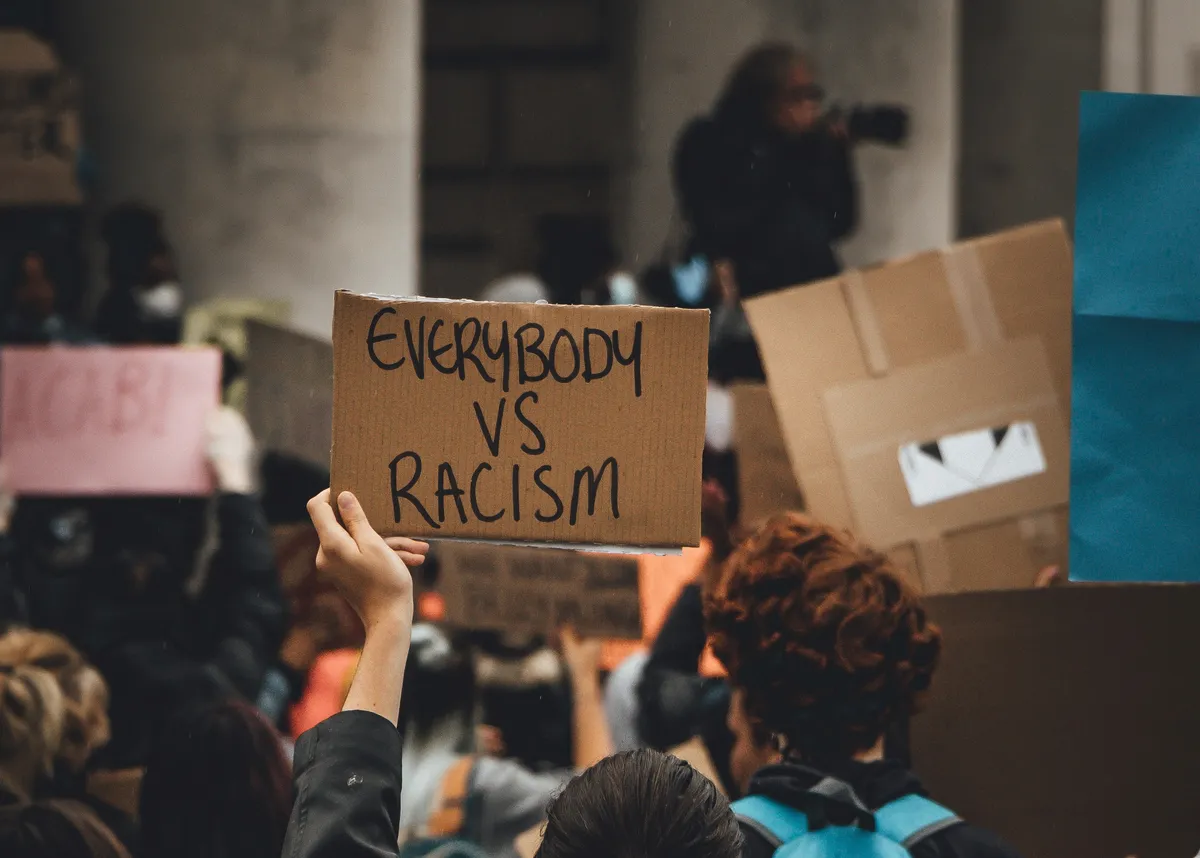Recognise And Respond To Racism In The Workplace
In 2019, job and recruitment site Glassdoor released a Diversity and Inclusion Study covering a sample of over 5,000 adults from the UK, US, France, and Germany. It found that 31% of adult employees in the UK have witnessed or experienced racism at work.
This provides a worrying picture of racial injustice in the UK and challenging this prejudice should be a top priority.
As a company dedicated to providing support to people in their professional lives, we feel that the most responsible and appropriate way for us to incite change at this time, is to educate people on how they can recognise and respond to racism in the workplace.
This kind of discrimination can often be subtle, conditioned, or structural, so it is crucial than we pay close attention to any potential instances of prejudice at work.
If we are to be vigilant, we must understand exactly what constitutes ‘racial discrimination’ in all its forms. We want to help increase awareness and understanding by way of sharing the four types of racial discrimination as defined by the 2010 Equality Act, under which employees can find legal protection.
The following descriptions and examples have been informed by the Equality and Human Rights Commission:
Direct discrimination
This is when someone is treated less favourably than another person because of their race. For example, if someone were denied the opportunity to partake in an activity or project at work because of their race, this would be direct race discrimination
Indirect discrimination
This refers to an organisational policy or workflow that poses a disadvantage to any racial group. For instance, an employer that prohibits the use of hair coverings would be guilty of indirect discrimination toward any Muslim women or Sikh men who would ordinarily choose to cover their hair.

Harassment
Any behaviour that causes another person to feel degraded, offended, or humiliated is considered harassment. If someone is ridiculed or intimidated because of their race, or is called a racist name, this would fall under harassment.
It would be fair to argue that this form of racial discrimination requires increased awareness and intervention from witnesses in order to overcome its pervasiveness in the workplace. As it is these instances of workplace racism that are often passed off as a ‘joke’ or ‘banter’.
An organisation or employer is legally obliged to do everything within its power to prevent instances of harassment. However, if the harasser acts out independently, despite the organisation/employer’s regulations, a claim can be made against the harasser personally.
Victimisation
This is when a person is treated negatively after making a complaint of race related discrimination. It can also happen to those supporting another person who has made a complaint about racial discrimination. For example, if a manager threatens to sack an employee or pull them from a project unless they withdraw or refrain from making their formal racial discrimination complaint, this employee is a subject of victimisation.
We must work together to aid the ‘un-learning’ of conditioned and institutionalised racism. Step in to discourage any racially discriminating language or behaviour that you witness at work and report all forms of workplace racism to an unbiased confidant such as a HR representative or trusted mentor, to discuss your next course of action. You have the power to make a difference, and we are standing with you.


